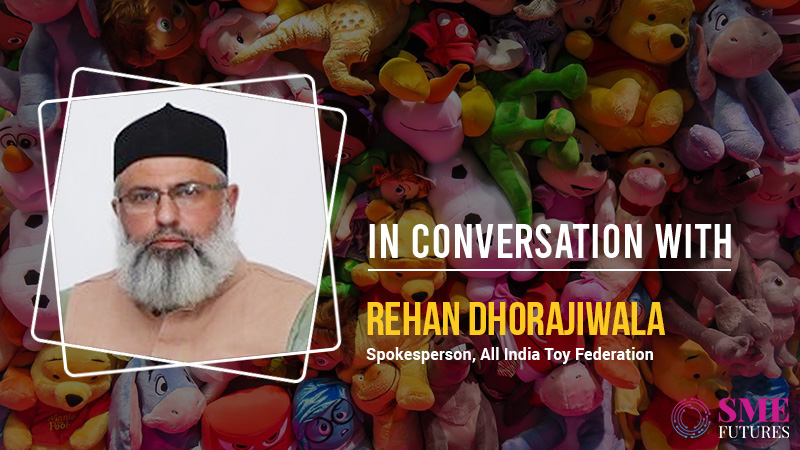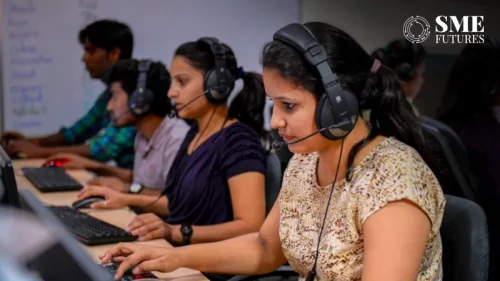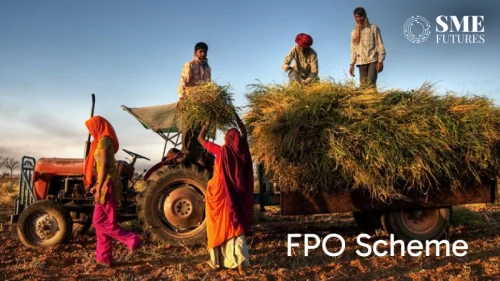When the impact of pandemic is spoken about, people rarely talk about the toy industry of India. But, it was the first one to bear the brunt because at least 85 per cent of unbranded toys come from China. The toy imports were significantly hampered when numerous toy factories in Wuhan and Guangdong were shut down due to coronavirus outbreak.
China was still holding together the Indian toy market, but Indo-China tensions deteriorated the condition further. Currently, toy market stakeholders are in jeopardy and looking for some immediate relief measures. Rehan Dhorajiwala, spokesperson of All India Toy Federation (AITF) while speaking to SME Futures presents a clear picture on the demands of Indian toy industry and current state-of-affairs in it.
Edited Excerpts
What according to you is importance of toys for Indian households and what is its role in current state of India’s toy industry?
The existence of toys has evolved with history. Toys are not just goods in an Indian household but play a more significant role in the mental development of our future generations. They stimulate the imagination, nurture creativity, and allow a child to interact with the outer world. Hence, market of toys is a proliferating industry in India since it has one of the largest young populations in the world.
According to IMARC, a research platform it is estimated that India toy industry is worth over Rs 10,000 crore. Majority of toy share demand is fulfilled by imports coming from other countries. But, the demand curve is flattened significantly as imports are hampered due to the COVID-19. Most of the businesses of stakeholders are at risk. Traders, retailers, wholesalers and manufacturers have also incurred massive losses and their livelihoods are impacted badly.
While we fully endorse and support Indian goods, we cannot handle India’s toy demand alone. India right now manufactures only 15 per cent of its total demand of toys. It imports the rest from other countries. If we don’t augment our production capabilities right now, we may face anarchy where children would have nothing to play during their childhood except board games.
Maximum shipments were planned during the months when virus outbreak happened. What are the major challenges that businesses are experiencing?
The industry was pegged at Rs 3,500 to 4,500 crore in June 2019. Out of this demand, India produces only up to 15 per cent toys domestically. The remaining share comes from international brands like Mattel, Fischer Price etc and these firms primarily manufacture in countries like China, Vietnam, and Philippines.
According to the Department of Commerce, India imports toys less than 0.15 percent of India’s total import. But, the importance of toys in India is more significant than any other goods import in India. The COVID-19 turmoil stopped international trade of toys entirely. This has hence left very few alternatives of toys among Indian parents. The newly re-opening stores, retailers, and wholesalers are working just with the existing stock. The demands as compared from last year is at the lowest point which is a big challenge for the entire industry.
Earlier in February, 200 per cent hike in import duty by the government was discouraging. This makes goods unaffordable to mass that compares value of toys while buying them. Adding to the woes of stakeholders are new laws which are coming to effect in September 2020. India has announced strict quality testing rules for imported toys. It is therefore mandatory for sellers to get the BIS license.
According to it, government authorities will audit the factories by visiting them and then will certify toys manufactured by them. According to other rules, authorities will inspect random toys from consignments in NABL labs. This will take forever and we will lose substantial business hours during the course of this process. However, we welcome the step for strict regulations for overcoming the challenge for counterfeits and low-quality toys.
Therefore, we urge the government to either scrap or think over again about the rules of certification of factories which comes under Scheme I of BIS regulation 2018. In a recent development, government plans to curb imports of many non-essential goods from March 2021 and toys too come under this category. According to some reports, BIS is set to draft quality norms. Thus, we need some measures around the system to get out of any inconvenience caused by it.

What are expectations and demands of industry stakeholders from the government?
Viewing the extensive impact of COVID-19 outbreak, the Indian government is motivating the country to go vocal for local and reduce dependency on foreign goods. But, Indian toymakers are pleading for a helping hand first. We first need a substantial support to even think about meeting domestic demand as production of toys is very low.
Secondly, there is lack of innovation in this field. India primarily manufactures non-functional board games. But, the latest trends are more inclined towards electronic and battery operated toys. We need innovative minds to bring different ideas for toy creation because it is a child’s imagination. We also demand infrastructure of research and development and designing facilities to improve production.
Thirdly, domestic producers cannot provide an alternative to imports. Though the government has announced many initiatives to uplift the Indian toy industry, but we don’t see a corresponding increase in supply. Lastly, we request the commerce and industry ministries to help in boosting production and logistics to improve sales and distribution of locally made toys.
What are opportunities and future of the sector despite the obstacles?
Indian toy industry is still budding with a huge consumer base. It comprises mostly of young population of 1.3 billion. Another reason for the growth of this sector is increase in the disposable income of middle class. Lately, there is also a shift from conventional toys to innovative hi-tech toys which calls for manufacturing of creative toys.
Further, educational toys, riding toys, construction and building sets, dolls, and board games also find an equal favour. In fact, product lines from popular shows and animated characters drive considerable sales of toys. Hence, there is an immense potential for creative career opportunities and we certainly need skilled people. Online channel sales and social media commerce have also given a boost to the market in India.
As prices and features of products can be discussed among shoppers, online sales channels currently appear to be one of the fastest growing distribution channels for toys in India. In addition to this, market of branded toys is on increase with the entry of toy brands Hamleys and Toys R Us.
Though their stores are still confined to metro cities, e-commerce has made products available for children for every city in India. I also believe that the vocal for local campaign will push the local business model for manufacturing toys. It will also encourage more people to foray into the industry. Moreover, government initiatives will bring more international brands for domestic manufacturing in India.











